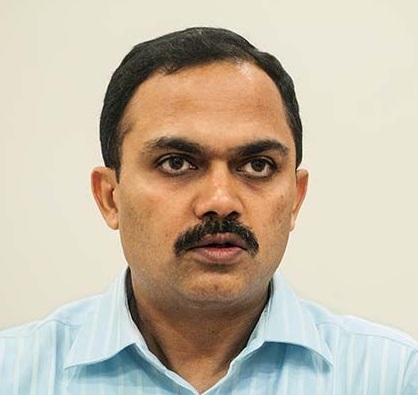Studies have suggested that in investing, up to 90% of returns and wealth over long periods are driven by asset allocation only and not by security selection or timing, says Prashant Jain, Executive Director & Chief Investment Officer of HDFC Mutual Fund.
 In the race to chase returns, investors move from one fund to another and thus tend to ignore the most important tool to create long term wealth - asset allocation. Studies have suggested that in investing, up to 90% returns and wealth over long periods are driven by asset allocation only and not by security selection or timing, points out Prashant Jain, Executive Director & Chief Investment Officer of HDFC Mutual Fund.
In the race to chase returns, investors move from one fund to another and thus tend to ignore the most important tool to create long term wealth - asset allocation. Studies have suggested that in investing, up to 90% returns and wealth over long periods are driven by asset allocation only and not by security selection or timing, points out Prashant Jain, Executive Director & Chief Investment Officer of HDFC Mutual Fund.
Here is a summary of Prashant Jain’s views:
- Short holding periods of mutual funds dilute the potential of equities: compounding over long periods multiplies wealth manifold. Investors with short holding periods clearly do not benefit from this. That is why it is often said that “Time spent in markets is more important than timing the markets”.
- The nature of gold is such that it tends to preserve the purchasing power in real terms (this implies that gold returns are nearly equal to inflation) over very long periods. If holding gold for longer periods could increase purchasing power, then India should have been much richer by now.
- There are no funds that have been consistently on the top. To take an analogy from the game of cricket, the best batsman is not the one who scored the highest in the last game but is the one who has the best batting average in say, last 10 or 20 matches. Just as one match cannot be used to judge a good batsman, similarly one year’s performance is too short a time to judge equity funds. Instead, there is merit in assessing equity funds’ over 3-5 year periods (in fact ideally over a market cycle that is typically 6-8 years). Funds that have a good track record across market cycles are likely to be the investor’s best bets and 3-5 such funds is all that an investor needs from the 400 or so schemes.
- The worst on the economic front in India is clearly behind us – GDP growth is improving, current account deficit (CAD) has narrowed sharply, fiscal deficit (FD) is slowly but surely moderating, inflation is steadily coming down with visible moderation in key constituents i.e. food and fuel. Lower interest rates are thus a natural corollary over time.
- A strong, growth oriented and business friendly government bodes well for economic growth and for businesses.
- Given the likely recovery in the capex cycle, over the next few years India’s growth rates should exceed China. By the turn of the decade, India should thus emerge as not only one of the largest but the fastest growing economy as well.
- Current P/E multiples of equity markets are reasonable – neither expensive, nor cheap. However, corporate earnings should be better than estimates as corporate margins are significantly below the long term averages and should improve as capacity utilization and business conditions improve. There is thus room for multiples to expand as growth improves and as interest rates move lower besides strong earnings growth.
- The markets are up only around 30% from the pre Lehman levels over the last 6 years! Markets have thus sharply underperformed nominal GDP growth over the last six years, in spite of the sharp move in recent months.
Click here to read the full interview.





